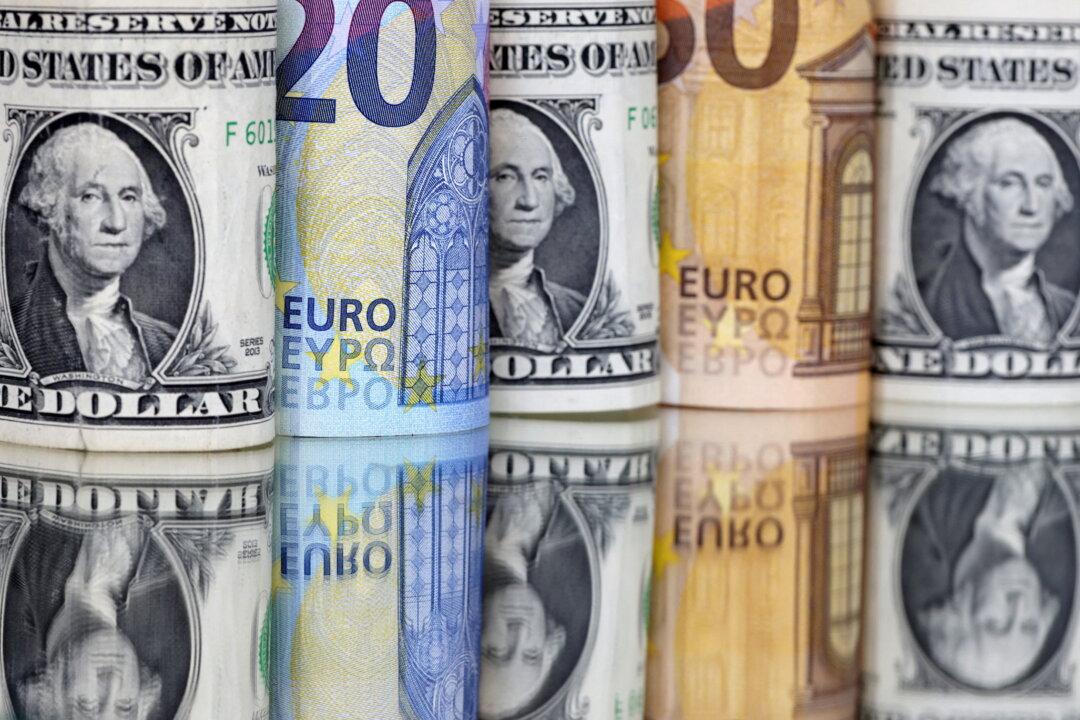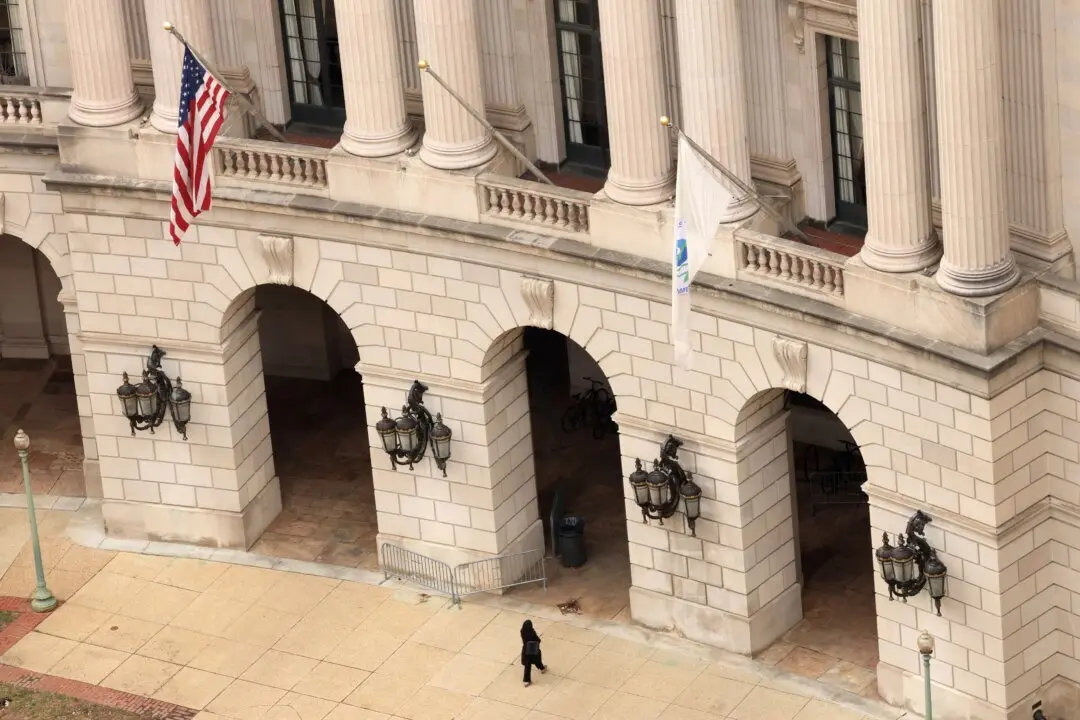The U.S. dollar was up slightly on Tuesday, close to its highest level in almost three months, while the Australian dollar ran out of steam after rising earlier in the session.
A string of robust U.S. economic data and remarks from Federal Reserve Chair Jerome Powell have quashed speculation of early and steep interest rate cuts and supported the greenback.





